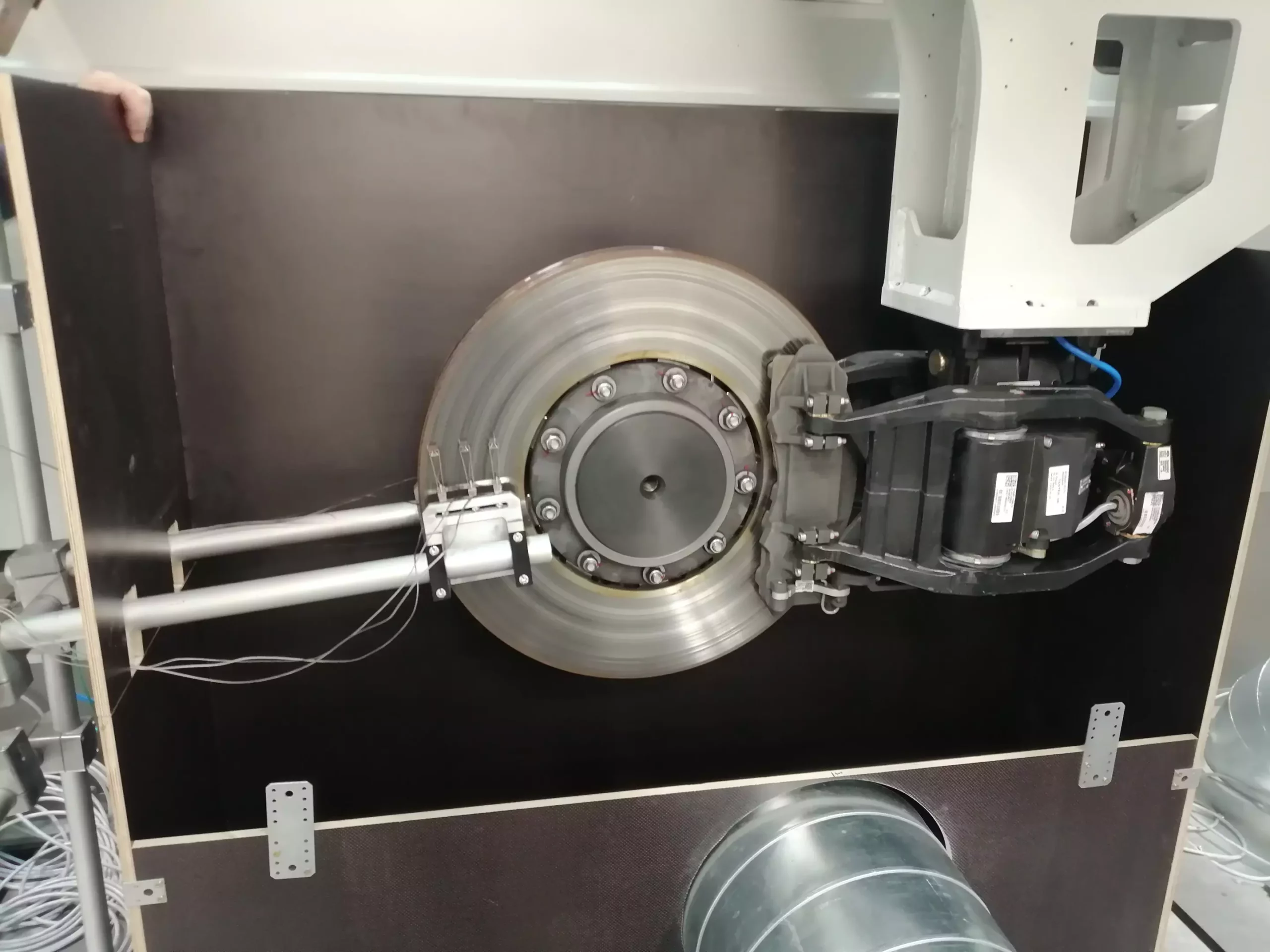When it comes to assessing the environmental impact of transportation, most focus tends to be on exhaust emissions from road vehicles. However, a study commissioned by the German Center for Rail Transport Research (DZSF) has shed light on the significant influence of non-exhaust emissions from rail transport on air quality and soil pollution. Researchers from the Institute of Thermodynamics and Sustainable Propulsion Systems at Graz University of Technology (TU Graz) have revealed that abrasion emissions from rail vehicles can have a substantial impact on the environment, especially in areas with increased braking activity.
The study found that in areas along railway line sections with high braking frequencies, abrasion emissions from rail vehicles can reach alarming levels. For example, in Augsburg, the daily average of particulate matter in the PM10 category emitted from rail vehicles exceeded half of the permissible limit. As the distance from the railway lines increased, the pollution decreased, but the fine particulate matter still found its way into the soil and water, causing further environmental concerns. Additionally, the study revealed that the proportion of heavy metals in railway emissions is significantly higher than in other modes of transport, leading to more heavily polluted deposits.
To better understand the composition and source of these abrasion particles, researchers conducted a series of analyses in various laboratories. Brake pads were tested in a new brake test rig for rail vehicles at TU Graz, while abrasion of the contact wire and the pantograph was analyzed at Politecnico di Milano. Furthermore, the wheel-rail contact was scrutinized at DB Systemtechnik in Berlin. By combining data from these analyses, researchers were able to allocate the emissions to air, soil, and water, providing a comprehensive view of the impact of non-exhaust emissions from rail transport.
The research findings clearly indicate that non-exhaust emissions from rail transport are not negligible and can contribute significantly to air and soil pollution. While these emissions may not single-handedly exceed pollutant limits, they certainly play a role in the overall environmental impact of transportation. Moving forward, it is essential for policymakers and stakeholders to consider the full range of emissions from different modes of transport, including rail, in order to develop effective strategies for mitigating the environmental impact of transportation activities. By addressing non-exhaust emissions from rail transport, we can work towards a more sustainable and environmentally friendly transportation system.


Leave a Reply